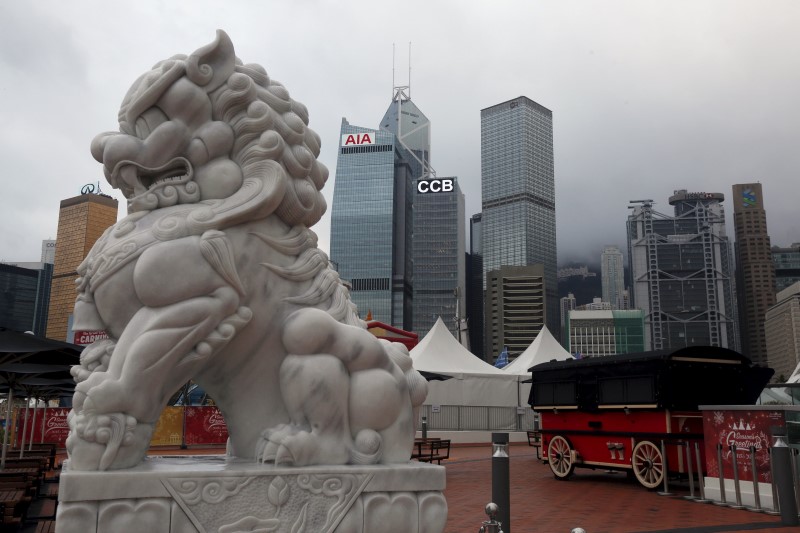This post was originally published on this site
https://i-invdn-com.investing.com/news/LYNXMPEC050G0_M.jpg
Investing.com– Anglo Asian conglomerate Swire Pacific (OTC:SWRAY) announced a HK$4 billion ($509 million) share buyback on Thursday, after it reported strong underlying earnings for the first half of 2022.
The move spurred an over 7% rally in Swire’s primary shares (HK:0019). A secondary listing (HK:0087) on the Hong Kong Stock Exchange also jumped in a similar range.
The conglomerate said in a statement that the buyback will be funded by its available cash reserves, and will include both its primary and secondary listings.
Swire logged a 38% jump in its underlying earnings for the six months to June 30. It also reported an interim dividend of HK$1.15 a share, up 15% from last year.
The firm largely attributed its stronger profit to a reduction in losses for Hong Kong airline Cathay Pacific Airways Limited (OTC:CPCAY) (HK:0293)- in which the firm holds a 42% stake.
Cathay reported a narrower first-half loss on Wednesday, as demand for travel remained resilient despite crippling COVID-related restrictions in Hong Kong and China.
Swire’s cash balances surged after it sold its offshore oil support unit to U.S.-based peer Tidewater (NYSE:TDW) in a $190 million deal earlier this year. The move was to narrow the company’s focus into its three major businesses- real estate, aviation, and consumer goods.
The gain from the sale also helped offset weakness in Swire’s property and beverage sectors, which were both impacted by the COVID lockdowns in Hong Kong and China.
Swire had earlier this year announced a $100 billion investment plan for Hong Kong, as the city’s beleaguered real estate market slowly recovers from the shock of COVID-related restrictions.
Chairman Guy Bradley said the firm remains optimistic over its medium- and long-term prospects, with some of its holdings already experiencing a strong recovery from COVID-induced lulls.

